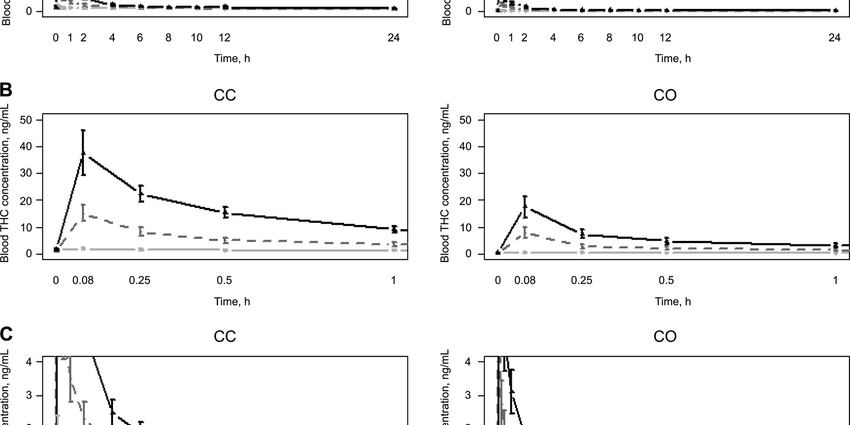Contents
Analysis of THC in the blood (Tetrahydrocannabinol)
Definition of THC (Tetrahydrocannabinol)
Le THC ou tetrahydrocannabinol is one of the main active molecules of cannabis. This is a cannabinoid. It is estimated that a “joint” contains 2 to 20 mg of THC and when inhaled 15-20% of the THC in smoke passes into the blood.
It can also be detected in saliva, urine, hair, body hair, etc.
The psychotropic effects of cannabis persist for up to 12 hours, depending on consumption and the sensitivity of the subject.
The window of detectability of THC therefore depends on the age, importance and regularity of consumption.
Note that once in the body, THC is broken down into two compounds, 11OH-THC and THC-COOH. THC is detectable in the blood a few seconds after the first inhalation, the maximum concentration of 11OH-THC is reached in about 30 minutes and the concentration of THC-COOH in less than 2 hours.
Why do a THC test?
After cannabis use, mainly by inhalation, THC is immediately detectable in the blood. Its presence is also detectable in urine and saliva. THC is therefore used as a marker to detect cannabis consumption, often in a medico-legal context (road accident, suspicion of drug use, etc.) or professional (occupational medicine).
Several tests are used, depending on the context:
- blood screening : it makes it possible to detect cannabis consumption within a maximum of 2 to 10 hours after taking it (THC, 11OH-THC and THC-COOH are sought). This test is preferred in the event of a road accident, for example. It is used to estimate the time elapsed between the last consumption and the blood test. When the concentration of THC is higher than that of 11OH-THC, it indicates consumption by inhalation. The reverse is evidence of consumption by ingestion. After 3 to 4 days, the cannabinoids are completely eliminated from the blood.
- urine screening (THC-COOH): it makes it possible to identify occasional consumption up to 2 to 7 days later, and even longer in the event of chronic consumption (7 to 21 days, or even more).
- saliva screening (THC): it is sometimes used by law enforcement agencies to check motorists. It can detect consumption dating from 2 to 10 hours. However, there is no consensus on its scientific reliability (existence of false positives).
In the hair (generally in the event of an autopsy), consumption can be seen several months or even years later (hair grows an average of one cm / month and traces of THC do not disappear).
What results can we expect from a THC analysis?
Whatever test is performed (blood, urine or saliva), it consists in detecting, thanks to the use of anti-THC antibodies, the presence of cannabinoid in the tested fluid.
Depending on the type of test performed, a blood, urine (urine collection) or salivary (equivalent to rubbing a cotton swab) sample will be taken.
The analyzes are carried out by forensic experts.
What results can we expect from a THC analysis?
As a guide, the test is considered negative if:
- urine concentration <25 to 50 ng / mL
- blood level <0,5 to 5 ng / mL (blood test also quantifies 11OH-THC and THC-COOH).
- saliva concentration <15 ng / mL (interpretation difficulties between 0,5 and 14,99 ng / mL)










